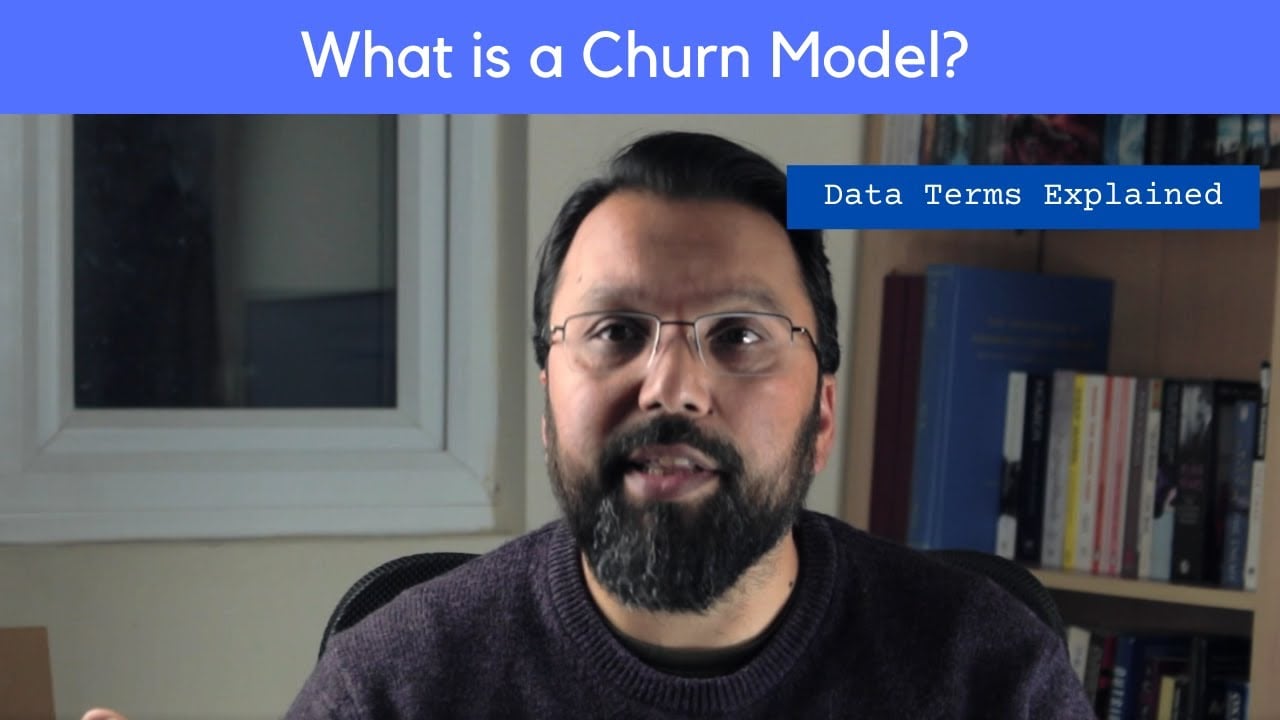We’ve been pulling reports on user behavior for months but it’s all backward looking stuff.
Starting to think we need predictive models instead - like flagging users who might churn before they actually do.
Anyone made this shift from descriptive to predictive analytics? What worked for you?
Skip the complex models - start with simple triggers that actually work.
I watch for when users break their normal patterns twice running. Someone checks messages daily then goes quiet for 48 hours? They get an email.
Why overthink it? Basic behavior shifts tell you what you need to know way better than fancy prediction algorithms.
Build cohorts. Group users who signed up the same week and watch how they behave before they churn. Most apps obsess over individual scores but totally miss the patterns. Sort users by what they do and when they joined, then find the red flags that keep showing up. I’d track three things: days since they last opened the app, drop in feature use, and payment issues. When two out of three cross your line, hit them with retention. Beats fancy models and you can test it in a basic spreadsheet.
Skip the fancy stuff. Just track who stops opening your app.
Built a churn prediction model for a subscription app two years ago. Complete game changer vs staring at dashboards after users already bailed.
Started simple - tracked engagement stuff like session frequency, feature usage drops, payment delays. Threw it into basic logistic regression first.
The timeline was crucial. We picked 14 days before likely churn. Gave us enough time to send targeted offers or push notifications to win them back.
Biggest mistake? Overcomplicating it early. You don’t need fancy ML right away. Simple models work way better than you’d think.
This video covers churn modeling basics if you want to dig deeper:
Now we catch about 30% of potential churners and convert roughly half back to active. Way better than scrambling after they’re already gone.
We track login streaks. Break your usual pattern and you’ll get a discount push notification.
